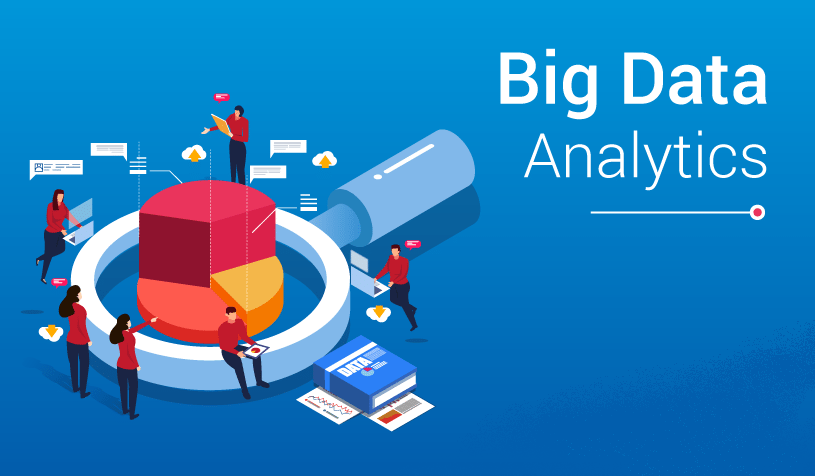In today’s data-driven world, businesses have access to a wealth of information. From customer behavior and market trends to operational efficiency and financial performance, the amount of data generated is vast and can be overwhelming to analyze. This is where big data analytics comes into play.
Big data analytics refers to the process of examining large and complex data sets to uncover hidden patterns, correlations, and insights that can be used to make better business decisions. By leveraging advanced technology and tools, businesses can analyze massive amounts of data from various sources and gain a deeper understanding of their operations, customers, and industry. In this blog post, we will explore the strategies that businesses can use to unlock the power of big data analytics and drive growth.
-
Define Clear Objectives
The first step in leveraging big data analytics is to define clear objectives. This involves identifying the business problem that needs to be solved, such as increasing customer retention, improving product quality, or reducing costs. Once the problem is defined, it is important to determine what data is needed to solve it. This may involve collecting data from various sources, such as customer feedback, sales data, or social media analytics.
-
Choose the Right Tools and Technologies
The next step is to choose the right tools and technologies for analyzing the data. There are various big data analytics tools and technologies available, each with its own strengths and weaknesses. Some popular tools include Hadoop, Spark, and NoSQL databases. It is important to evaluate the features and capabilities of each tool and choose the one that best fits the business needs and budget.
-
Create a Data-Driven Culture
To truly unlock the power of big data analytics, businesses must create a data-driven culture. This involves making data analysis a core part of the decision-making process and empowering employees to use data to drive innovation and growth. This may require providing training and resources to help employees develop data analysis skills and promote a culture of experimentation and continuous improvement.
-
Implement Robust Data Governance Practices
Effective big data analytics requires robust data governance practices. This involves establishing clear policies and procedures for data collection, storage, and analysis. It is important to ensure that data is accurate, reliable, and secure and that it is accessible to those who need it. This may involve implementing data quality controls, data security protocols, and data access policies.
-
Leverage Predictive Analytics
Predictive analytics is a powerful tool for businesses looking to gain insights from big data. This involves using statistical models and machine learning algorithms to predict future outcomes based on historical data. By analyzing customer behavior, market trends, and other variables, businesses can make informed decisions about product development, marketing campaigns, and other initiatives. Predictive analytics can also be used to identify potential risks and opportunities, allowing businesses to take proactive measures to mitigate risks and capitalize on opportunities.
-
Monitor Key Performance Indicators
Finally, it is important to monitor key performance indicators (KPIs) to measure the effectiveness of big data analytics initiatives. This involves tracking metrics such as customer satisfaction, sales revenue, and operational efficiency to determine whether the data analysis is delivering the desired outcomes. By monitoring KPIs, businesses can identify areas for improvement and make adjustments to their big data analytics strategy as needed.
In conclusion, big data analytics has the potential to revolutionize the way businesses operate. By leveraging advanced tools and technologies, businesses can gain deeper insights into their operations, customers, and industry, and make better decisions that drive growth and innovation. To unlock the power of big data analytics, businesses must define clear objectives, choose the right tools and technologies, create a data-driven culture, implement robust data governance practices, leverage predictive analytics, and monitor key performance indicators.

